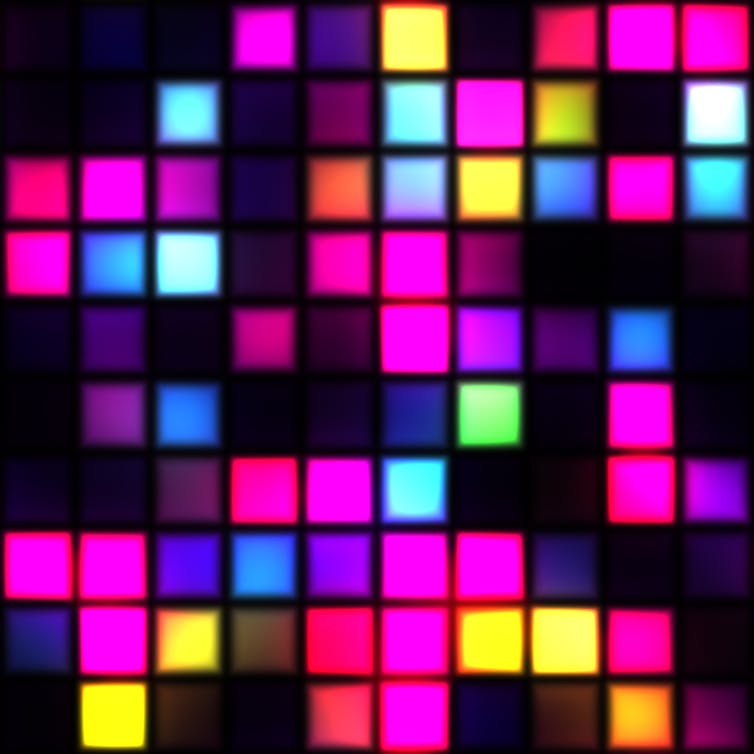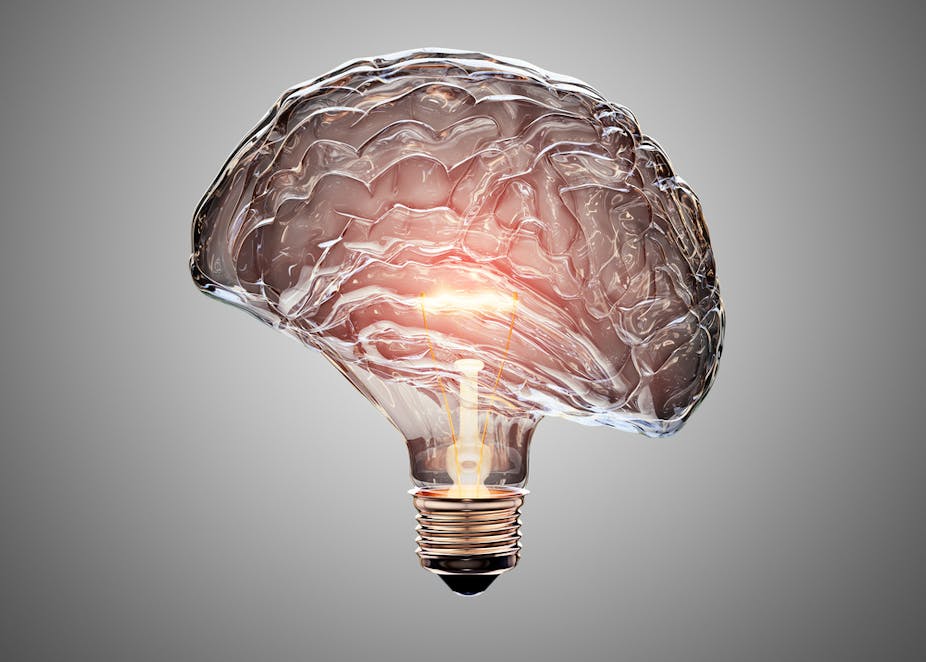A laser-controlled brain or a heart that beats in time to a disco light display sound like some of the more vivid imaginings of science fiction writers. But scientists are gathering together tricks that may allow us to do just that – and they could be used to create drug-free therapies.
This is the growing field of optogenetics, where proteins that change their shapes in response to light pulses can be used to control the electrical activity of cells inside living animals.
The tools have been gathered from far and wide. There are the Channelrhodopsins – sensory receptors – from algae, which respond to blue light, exciting cells by letting positive charges into the cell. The Halorhodopsins, isolated from extremophile bacteria – bacteria living in extreme conditions, in this case salt pools – let negative charge into cells in response to yellow light, and shut the excited cell down. A similar trick to de-excite cells is used by Archeorhodopsins, isolated from another extremophile, which pumps positive charge out of the cell in response to yellow light.
By taking parts from human neurotransmitter receptors and these bacterial light-sensitive domains, we can also create more complicated machines in the lab, such as Hylighter, which depresses activity in neurons on exposure to one colour until it is switched off by exposure to a second colour of light.

In theory, this means that by combining pulses of blue and yellow light, neurons and muscles can be switched on and off to order, over incredibly short timescales (thousandths of seconds). Ultimately, this could lead to therapies whereby excitable cells can be “helped along” without the use of drugs and all the dangers that come with long-term use of drug-based cures.
Dancing flies and light-guided fish
Scientists have started exploiting this technology to increase our understanding of the circuits that underpin behaviour, with sometimes spectacular results: flies that dance on cue, for example, or fish that can be steered by light as they swim.
Two studies recently brought the possibilities of light-based electrical stimulation as human therapy to the fore. Researchers at the University of Bonn looked to see if they could control heart beats by applying light simulation to animals whose heart cells were made to express Channelrhodopsin. A combination of Channelrhodopsin and Halorhodopsin allowed another team of researchers to “take over” the heart’s pacemaker cells in zebrafish, overriding its natural rhythm, until the lights were turned off.

In Nobel Prize winner Susumu Tonegawa’s lab, they found that memories that could not be recalled in mice with Alzheimer’s could be retrieved by exposing cells in the brain’s memory forming centres to optogenetic stimulation. Cells that expressed Channelrhodopsin were made more excitable by exposing them to bursts of light, allowing a “power boost” that helped these neurons maintain active connections, in turn helping to retrieve memory of a past event.
This startling result suggested that Alzheimer’s patients could be forming new memories all the time, and may only need a helping hand to maintain the weak connections they form. While this would not stop the changes that make Alzheimer’s patients forget, it might extend the time during which they could retain their memories.
Down to the practicalities
Tonegawa’s study looked at how mice retrieved memories of a sound they had heard at the same time as receiving a short electric shock – something that mice with Alzheimer’s don’t normally remember. After boosting neurons in the brain region that builds these memories by stimulating their firing with Channelrhodpsin, the neurons in this region were helped to form the proper connections to maintain this memory. Tonegawa’s work, then, concentrated on systems that scientists know very well – the fight-or-flight reflexes we develop when something unpleasant happens.
We don’t yet understand the detailed circuitry of the brain that is probably of more interest to Alzheimer’s sufferers and their families: the mechanisms that control the subtle tasks our brain performs for us every day, our recall of loved one’s faces or the location of our car keys. Optogenetics will only ever be as useful as our knowledge of where these fleeting memories are stored.
Nor are these interventions the stuff of emergency medicine. To help an injured heart or a forgetting brain, for example, we would need to know if the patient’s cells were healthy enough to still function, or whether they were too damaged to be properly integrated within their network, which would make exciting them useless.
In this case, we can consider, as some labs have done, taking cells (such as the patient’s own stem cells) and turning them into heart muscle cells or neurons in the lab. If these “replacement” cells can then be made to express Channelrhodposin, for example, they could be injected into damaged tissue in the patient to supply the (light-controlled) function of the original damaged tissue.
This, however, brings up all the associated difficulties that tissue replacement therapies, such as stem cell therapies, create: how to integrate cells into existing tissues, how to stop them integrating where they are not needed, and in the brain, how to get them to integrate into the right networks.
For if excitable cells are found to still be healthy enough to support electrical communication, and to only require optogenetics to turn up the volume of their signals, we still have to get our genetically-encoded construct into the right cells. We also need to find a way to shine light on them (perhaps we would have to wear a fibre-optic pacemaker) and fine tune our stimulation to each individual patient.
For chronic diseases, this may all be worthwhile, but the investment of time and expertise for the procedure will be considerable and is unlikely to change much as the technology advances. It’s clear we have a long way to go, but we may yet have our brains tripping the light fantastic.

